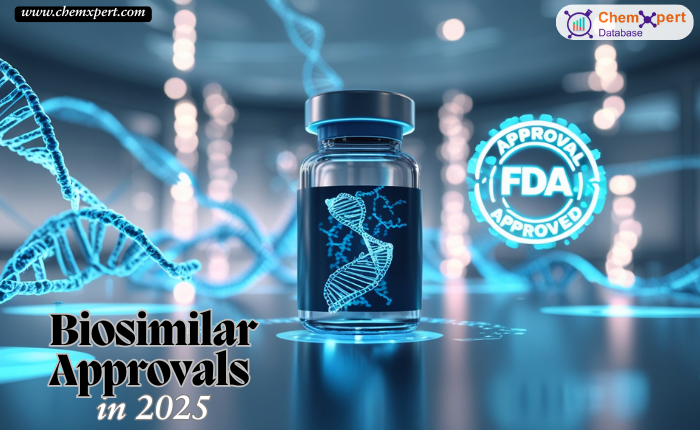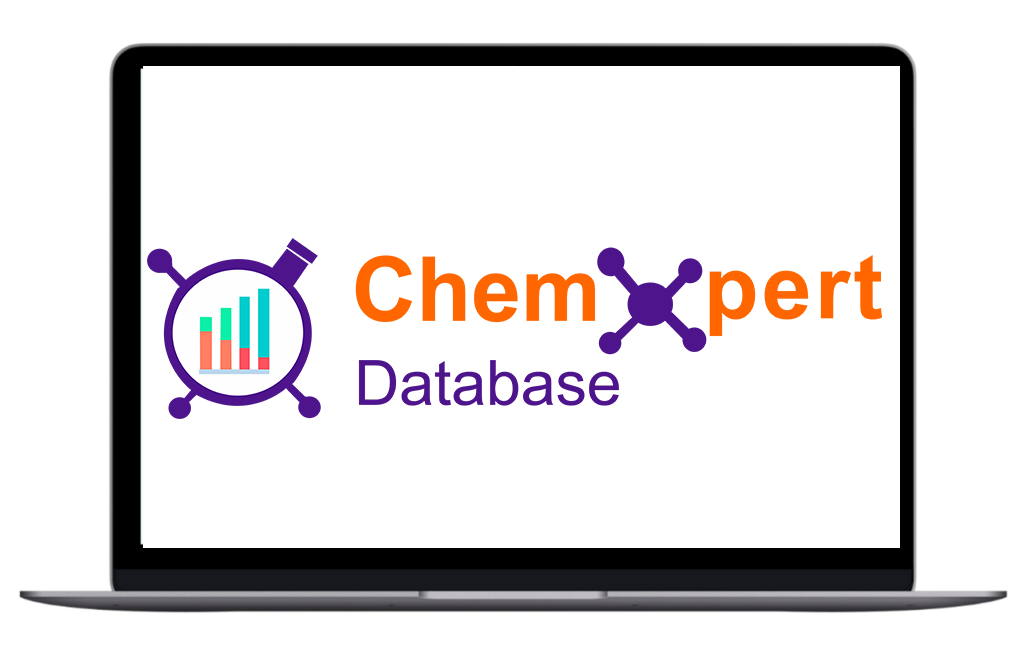
As we move deeper into 2025, biosimilars are gaining unprecedented traction. The FDA Food and Drug Administration has accelerated biosimilar approvals across multiple therapeutic areas, from oncology to endocrinology. These developments mark a shift in regulatory confidence and industry maturity.
Driving this momentum are biopharmaceutical companies and leading pharmaceutical companies in the USA like Pfizer, Amgen, and Coherus BioSciences. These players are rapidly expanding their biosimilar pipelines to address rising drug prices and improve access to care.
This blog explores key biosimilar approvals by FDA in 2025 and how global pharmaceutical innovation is reshaping healthcare economics.
Before understanding biosimilars, it is important to know what biologics are. Complex medicines that are derivded from living cells are called biologics. Biologics are used to treat chronic conditions such as cancer, arthritis, and autoimmune diseases.
Biosimilars are a class of drugs highly similar to pre-approved biosimilars. Biosimilars are similar to biologics, literally. Biosimilars share same safety, purity and potency to that of their biologics counterpart. But biosimilars are not generic drugs, they have some difference in clinically inactive components.
But there's a level beyond biosimilarity: interchangeability.
The FDA defines interchangeable biosimilars as those that can be substituted for the reference biologic without consulting the prescriber, just like generics. This distinction is unique to the U.S., where automatic pharmacy-level substitution is tightly regulated.
To earn this label, a biosimilar must show that switching between it and the reference product poses no additional risk or reduced efficacy. It’s a higher regulatory bar.
The year 2025 is shaping up to be a milestone in the biosimilars market. The FDA approval list reflects a surge in activity across immunology, oncology, and metabolic disorders. This growing list demonstrates the U.S. regulatory body’s continued push for affordable therapeutic alternatives.
Here’s a snapshot of FDA-approved biosimilars in 2025 based on the official FDA drug database:
|
Biosimilar Name |
Approval Date |
Reference Product |
Therapeutic Area |
|
Starjemza (ustekinumab-hmny) |
May 2025 |
Stelara (ustekinumab) |
Psoriasis, Crohn’s disease |
|
Jobevne (bevacizumab-nwgd) |
April 2025 |
Avastin (bevacizumab) |
Oncology (colorectal, lung) |
|
Bomyntra & Conexxence (denosumab-bnht) |
March 2025 |
Xgeva, Prolia (denosumab) |
Bone-related conditions |
|
Omlyclo (omalizumab-igec) |
March 2025 |
Xolair (omalizumab) |
Asthma, chronic hives |
|
Osenvelt & Stoboclo (denosumab-bmwo) |
February 2025 |
Prolia (denosumab) |
Osteoporosis |
|
Merilog (insulin aspart-szjj) |
February 2025 |
Novolog (insulin aspart) |
Diabetes |
|
Ospomyv & Xbryk (denosumab-dssb) |
February 2025 |
Xgeva, Prolia (denosumab) |
Oncology, osteoporosis |
|
Avtozma (tocilizumab-anoh) |
January 2025 |
Actemra (tocilizumab) |
Rheumatoid arthritis, COVID-19 |
Several trends emerge from the 2025 biosimilar approval wave:
For procurement teams and regulatory professionals, understanding these trends helps in forecasting supply needs and negotiating smarter contracts.
Chemxpert Database can simplify this process by tracking FDA approvals in real time, offering insights into reference biologics, launch timelines, and therapeutic focus—across 200+ countries and 80,000+ manufacturers.
The biosimilars pipeline is reshaping the drug development process. Shorter timelines, lower costs, and better patient access are pushing pharma companies to rethink their R&D strategies.
Traditional drug research takes 10–15 years and billions in investment. Biosimilars offer a faster path:
The FDA drug database shows a surge in biosimilar approvals in 2025—a signal of industry-wide adoption.
Biologics make up nearly 40% of U.S. drug spending. Biosimilars offer relief by:
In 2025, many biosimilars targeted high-cost categories like oncology, immunology, and endocrinology.
These examples show how the drug development pipeline is aligned with biosimilar strategies post-patent expiry.
The U.S. remains the most influential player in global biopharmaceutical innovation. In 2025, pharmaceutical companies in the USA are not just leading in drug discovery, they’re setting the pace for biosimilar approvals.
Over 90% of global biosimilar launches seek FDA approval first. Why? Because FDA standards are seen as the gold standard worldwide.
Companies like Pfizer, Amgen, Coherus BioSciences, Samsung Bioepis (via U.S. partnerships), and Fresenius Kabi are among the frontrunners in 2025.
These companies are building advanced biologics manufacturing capacity while aggressively pursuing biosimilar development to address rising healthcare costs.
Biopharmaceutical companies are reengineering how biosimilars are developed. Here’s how they’re driving change:
This agility allows faster launches post patent-expiry—critical for therapeutic areas like oncology, rheumatology, and endocrinology.
According to Grand View Research forecasts, the global pharmaceutical market is projected to reach $2.3 trillion by 2030, with biosimilars growing at over 17.6% CAGR.
What’s driving this?
As pricing pressure intensifies, even big pharmaceutical companies are expanding biosimilar portfolios to maintain margins and market share.
The 2025 biosimilars landscape marks a pivotal shift in the pharmaceutical industry. With increasing FDA approvals, broader therapeutic applications, and greater affordability, biosimilars are no longer a future trend—they're today’s reality.
From interchangeable biosimilars improving pharmacy-level substitution to U.S. biopharmaceutical companies leading global innovation, the market is evolving fast. Procurement teams, regulatory professionals, and decision-makers must stay informed to adapt quickly.
This is where Chemxpert Database becomes indispensable. Our platform offers real-time access to:
As the biosimilars market accelerates, informed decision-making isn't optional—it's your competitive edge.
Explore Chemxpert’s global database to monitor approvals, optimize sourcing, and stay ahead of biosimilar trends shaping 2025 and beyond.
Q1: What are biosimilars, and how do they differ from biologics?
A1: Biosimilars are highly similar versions of approved biologic medicines. While they have no meaningful differences in safety, purity, or potency, they may contain slight variations in clinically inactive ingredients. Unlike generic drugs, biosimilars require complex development due to their biological nature.
Q2: What makes a biosimilar “interchangeable” according to the FDA?
A2: An interchangeable biosimilar is one that meets additional FDA criteria, showing it can be substituted for the reference biologic without a doctor’s approval. This designation allows for pharmacy-level substitution, provided it doesn’t reduce safety or effectiveness.
Q3: Which biosimilars received FDA approval in 2025?
A3: As of mid-2025, the FDA approved several biosimilars, including:
Q4: How are biosimilars changing the drug development process?
A4: Biosimilars speed up pharmaceutical product development by skipping early-stage discovery. They reduce development time and cost, typically entering the market 30% faster than original biologics. This accelerates access and expands treatment options post-patent expiry.
Q5: Why are pharmaceutical companies in the USA leading biosimilar innovation?
A5: U.S. pharmaceutical companies like Pfizer, Amgen, and Coherus BioSciences are leveraging AI, advanced clinical trial models, and CDMOs to fast-track biosimilar development. The FDA’s regulatory rigor and the U.S. market’s size make it the global launchpad for most biosimilars.

Sick and tired of always wondering if you are being asked to pay the right price for your APIs? This empowers you with the answers you need to make the right decisions in the Global API market.
Chemxpert Database is one of the biggest and most comprehensive directories of pharma and chemicals, manufacturers, suppliers and information. Provided with current information on prices, demand and transactions, it gives you instant feedback on whether you are buying what is right and at the right time.
Start using market intelligence today and allow yourself to be in control in the API market.
Check it out today and make more informed sourcing decisions! Learn More!